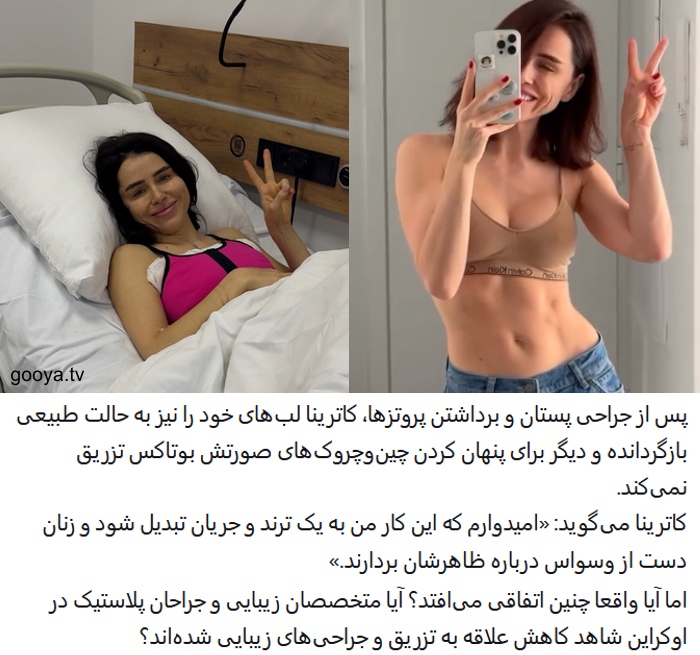Planning, ifs and buts of plastic surgery
The skin, however, rarely tightens with weight loss–once it’s stretched out significantly, it tends to stay loose. Since most plastic surgery procedures involve some form of skin tightening, losing weight before your procedure gives us a better chance of removing all the excess skin in a single procedure and avoiding revisions down the road. Thus, being as close to your realistic goal weight as possible is ideal. There is one big exception to this. I do get patients who are smack in the middle of their weight loss journey but have stalled out due to an inability to exercise and discomfort from all of their loose skin. In these special instances, something like a Tummy Tuck might just be the ticket to helping boost them to reaching their goals.
Breast volume can fluctuate with weight. Now this isn’t true for all women, but weight changes can have a dramatic effect on breast volume. If you are considering a breast procedure (lift, augmentation, reduction), it’s best to have a steady baseline breast volume when devising a surgical plan. Safety during surgery. During most plastic surgery procedures, some form of a tube (ET tube or LMA) is placed in the airway to assist with breathing while a patient is under anesthesia. Higher BMI’s can be associated with difficulties placing or removing the tubes as well as making sure air can flow through the lungs. Patient safety should always be front and center in a procedure, and in these circumstances a hospital setting is safest and most appropriate.
March 25, 2025 | 5:11 am




